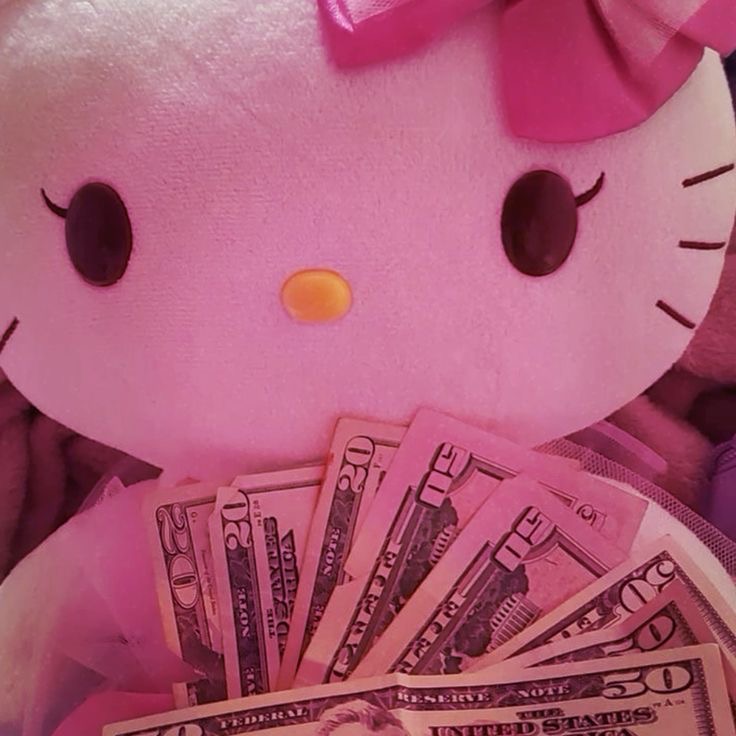Alcohols
Cards (35)
- What functional group do all alcohols contain?
- What is the general formula for alcohols?
- What type of bond gives alcohols a polar character?
- What force is created between a hydrogen atom bonded to an oxygen atom on one alcohol molecule and a lone pair on an oxygen atom on another molecule?
- How do short-chain alcohols dissolve in water?
- How does the solubility of alcohols change as chain length increases?
- Why do alcohols have higher boiling points compared to alkanes and alkenes?
- What does it mean for alcohols to have a lower volatility compared to alkanes or alkenes?
- What are the three classes of alcohols?
- In a primary alcohol, how many other carbon atoms is the carbon bonded to which the –OH group is bound?
- In a secondary alcohol, how many other carbon atoms is the carbon bonded to which the –OH group is bound?
- In a tertiary alcohol, how many other carbon atoms is the carbon bonded to which the –OH group is bound?
- What two products are released when alcohols are burned in combustion reactions?
- Why are alcohols considered good fuels?
- Why is ethanol a more sustainable fuel than hydrocarbons from crude oil?
- What is the oxidising agent used to oxidise alcohols?
- What products are formed from the partial oxidation of primary alcohols and under what conditions does this occur?
- What is the byproduct formed from complete oxidation of primary alcohols into carboxylic acids?
- What apparatus is used to achieve complete oxidation of primary alcohols into carboxylic acids?
- What type of alcohol is oxidised into ketones?
- What other product besides the ketone, is formed when oxidising a secondary alcohol?
- What happens when you try to oxidise a tertiary alcohol?
- Why can't tertiary alcohols be oxidised?
- What ions cause the orange colour of potassium dichromate?
- What colour change indicates the reduction of potassium dichromate during alcohol oxidation?
- What ions cause the green colour after potassium dichromate is reduced?
- If an orange to green colour change is seen when reacting an unknown alcohol with acidified potassium dichromate, what type of alcohol is it?
- What conditions are required for the dehydration of alcohols to form alkenes?
- What type of reaction removes water from alcohols to form alkenes?
- Name two acid catalysts that can be used for the dehydration of alcohols.
- What compounds react with alcohols to form halogenoalkanes?
- What type of reaction occurs when alcohols react with compounds containing halide ions to form halogenoalkanes?
- What type of catalyst is required for the reaction between alcohols and compounds containing halide ions to form halogenoalkanes?
- What is another name for halogenoalkanes?
- How can the oxidation of alcohols be used as a test to distinguish between primary/secondary and tertiary alcohols?
